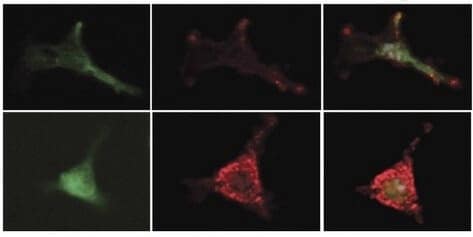Researchers from the Weizmann Institute reveal a rare and unknown group of cells in the bone marrow, and the mechanism by which it manages to keep the stem cells "forever young"

In the depths of the bone marrow are hidden unique cells. These are stem cells of the blood system, which when needed are capable of multiplying and turning into billions of blood cells. Thanks to them, the body manages to cope, for example, with the immediate need for immune cells during inflammation, or for additional red blood cells when climbing to heights. Although these are urgent emergency situations, long-term thinking must not be neglected: a pool of unsorted stem cells must always be maintained, which can provide a response to future challenges. A team of scientists led by Prof. Zvi Lapidot from the Weizmann Institute of Science recently discovered unknown "bodyguards" that protect the stem cell population from excessive differentiation in a unique way. In an article recently published in the scientific journal Nature Immunology, they reveal a rare and unknown group of cells in the bone marrow, and the mechanism by which it manages to keep the stem cells "forever young".
The stem cells in the bone marrow are wrapped in cells that provide them with a comfortable and protective environment, and direct their development using various chemical substances - these are the mesenchymal cells. The team of scientists, which included post-doctoral researcher Dr. Aya Ludin from Prof. Lapidot's group, Prof. Stephan Jung from the Department of Immunology and his group members, and Ziv Porat from the Biological Services Unit, discovered that apart from the familiar supporting cells, there is also a subpopulation in the bone marrow A rarity of cells from the macrophage family. Macrophages are known as the "bacteria swallowers" of the immune system. The current study reveals that there are special macrophages in the bone marrow that have an additional function: each such macrophage "hugs" a stem cell that is under its responsibility, preventing it from differentiating.
An in-depth examination revealed in detail the mechanism of maintaining the stem cells. It turns out that the macrophages secrete substances called prostaglandins, which are absorbed by the stem cells. There, through a chain of biochemical events, they inhibit their differentiation and preserve the youthful properties of the stem cells. At the same time, the prostaglandins activate another mechanism, by encouraging the secretion of an inhibitory substance from the mesenchymal cells, and increasing the number of receptors for this substance on stem cells. In this way they ensure and preserve the youthful state of the cell. It is known that non-dividing cells are not damaged during chemotherapy treatment. The study provides another explanation for the phenomenon: it turns out that the macrophages survive the chemotherapy treatment and even increase the secretion of prostaglandins. In this way, the preservation of the stem cells is tightened.
During inflammation, the activity of the macrophages increases - to ensure an effective fight against bacteria. At the same time, the activity of the "bodyguard" macrophages in the bone marrow is also increased, to ensure that despite the increased division and differentiation of the stem cells, some of them will always be preserved in their youthful state.
Previous studies by Prof. Lapidot revealed that the administration of prostaglandins improves the quantity and quality of stem cells. The discovery has been adopted and is being tested by doctors: stem cells from the umbilical cord (whose number is low and therefore it is necessary to increase their effectiveness in transplants in adult patients), which are transplanted in blood cancer patients, undergo a preliminary treatment with prostaglandins, which improves their ability to be absorbed by the body. "The current research hints at the possibility of further improving the support for the stem cells in the bone tissue through the connection between the cells of the immune system (macrophages) and the stem cells," says Prof. Lapidot. "Understanding the support mechanisms for these cells may improve the chances of transplantation, especially when it comes to transplanting cells from the umbilical cord."

One response
simply incredible.
Kudos to the researchers.